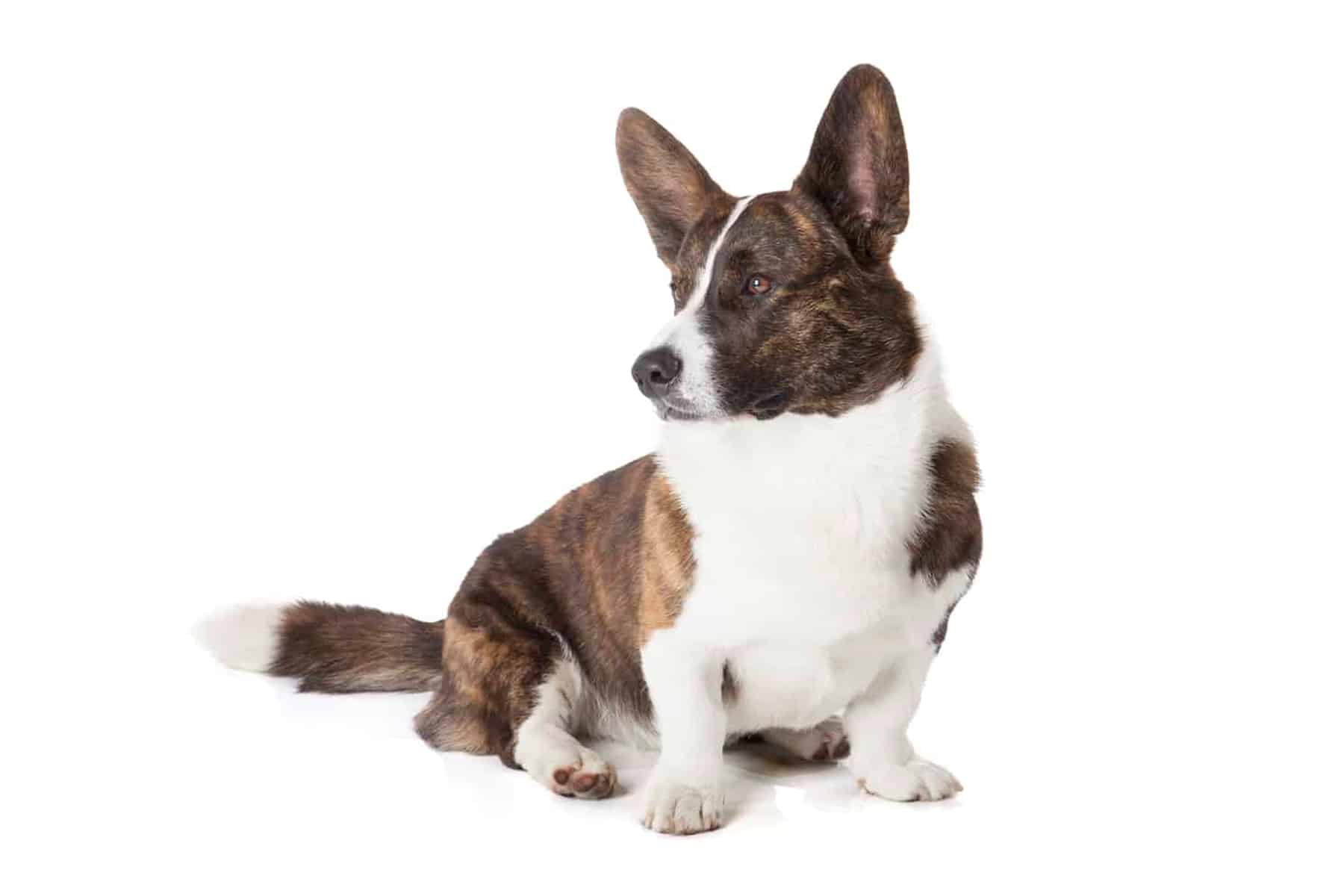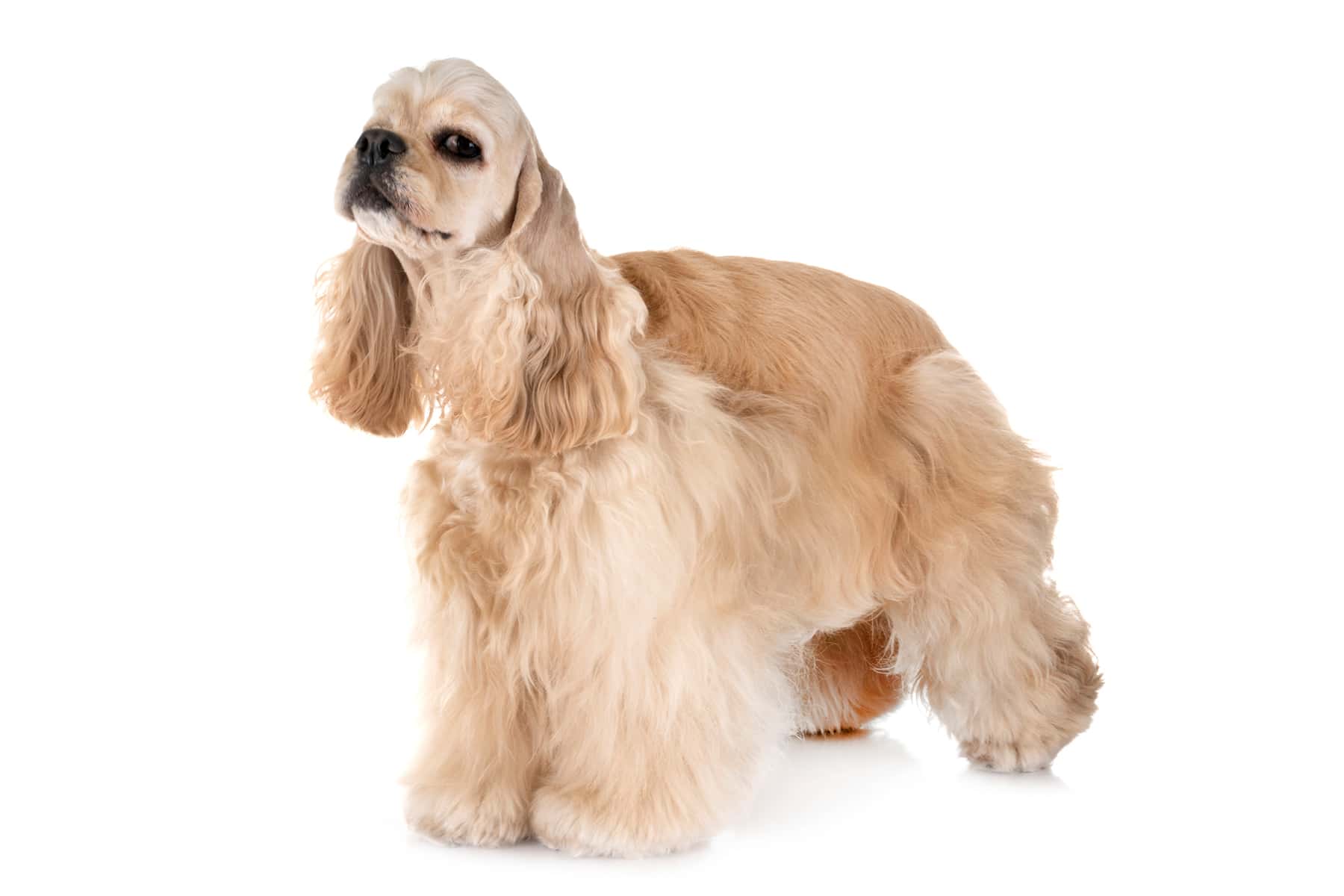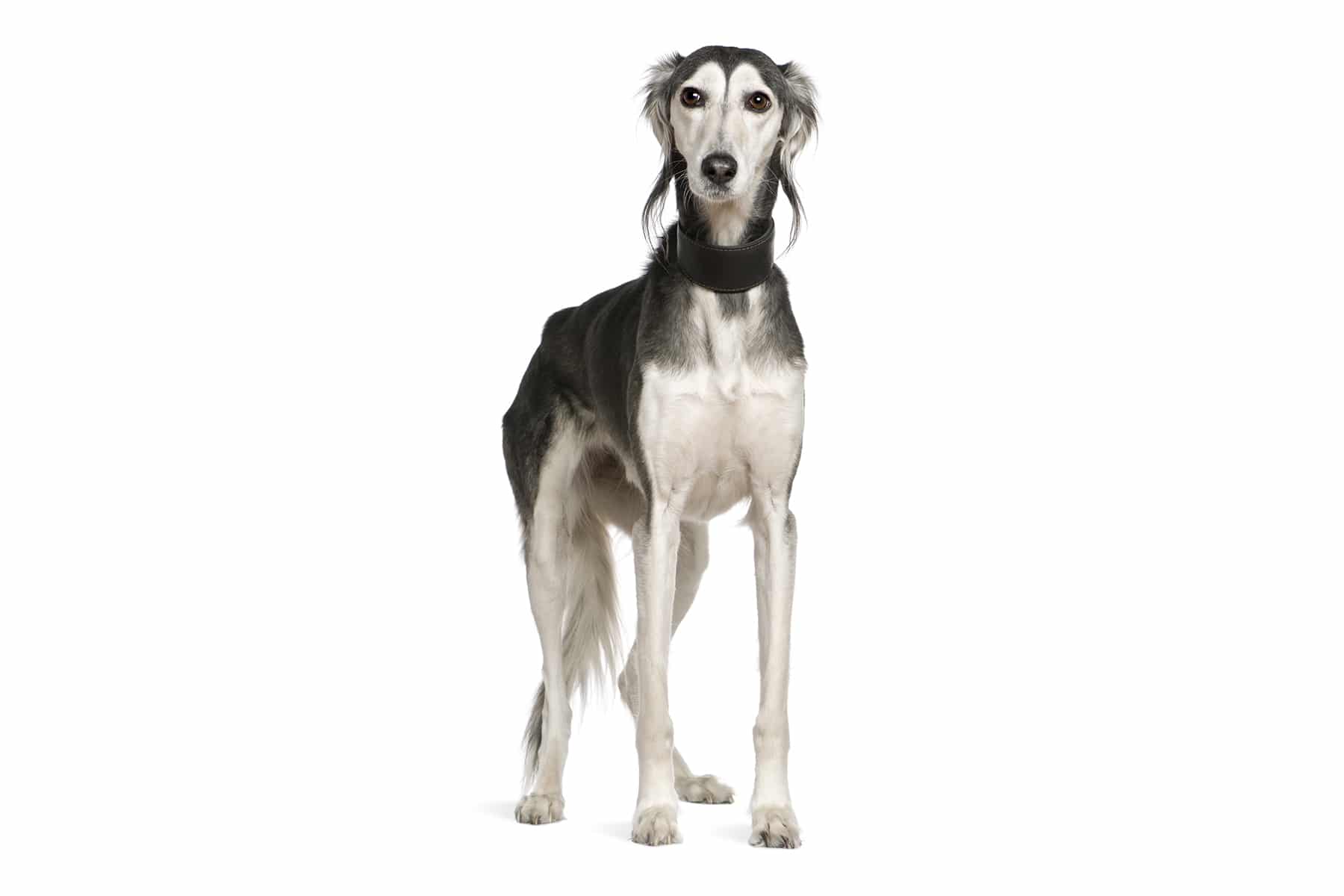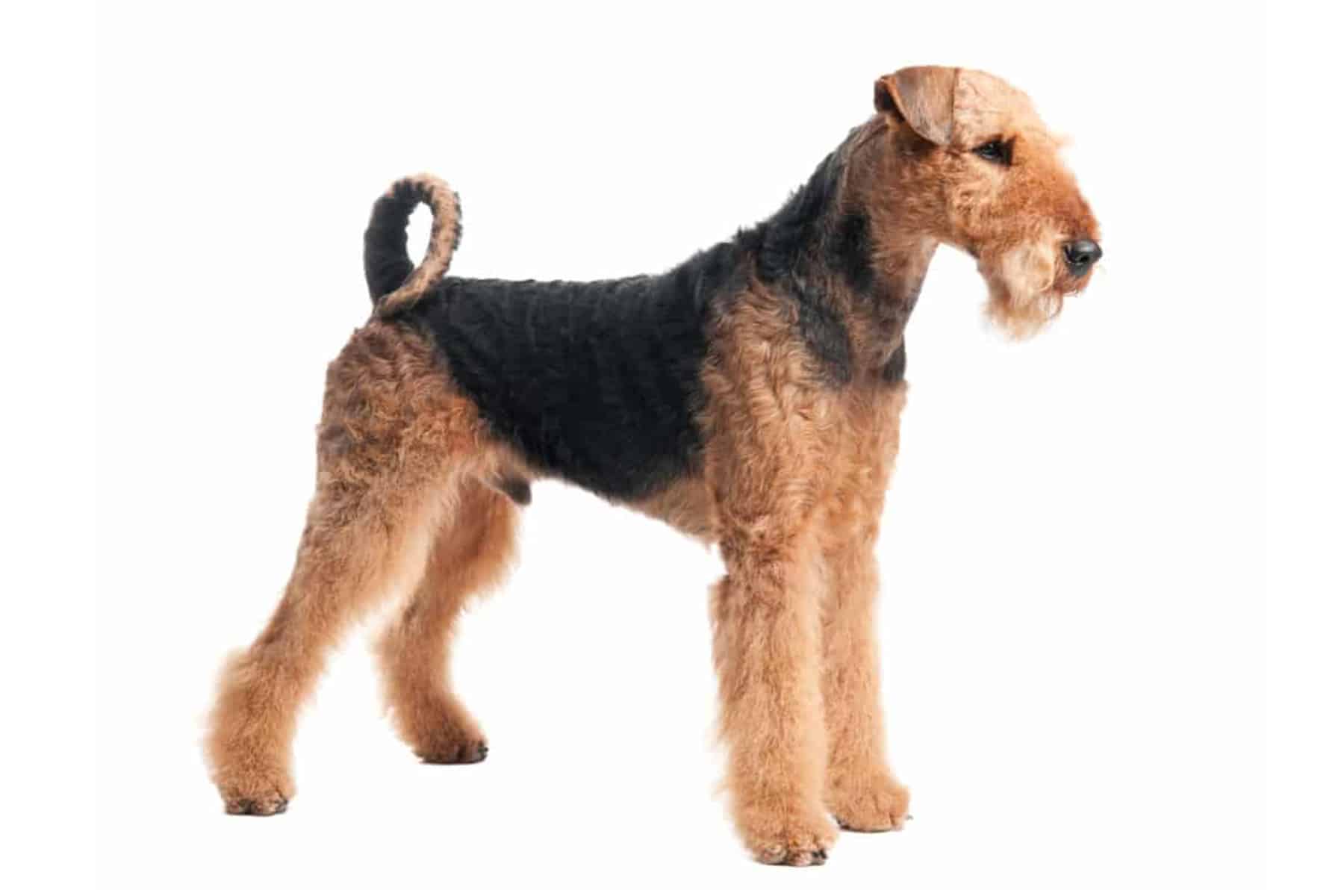Rottweiler
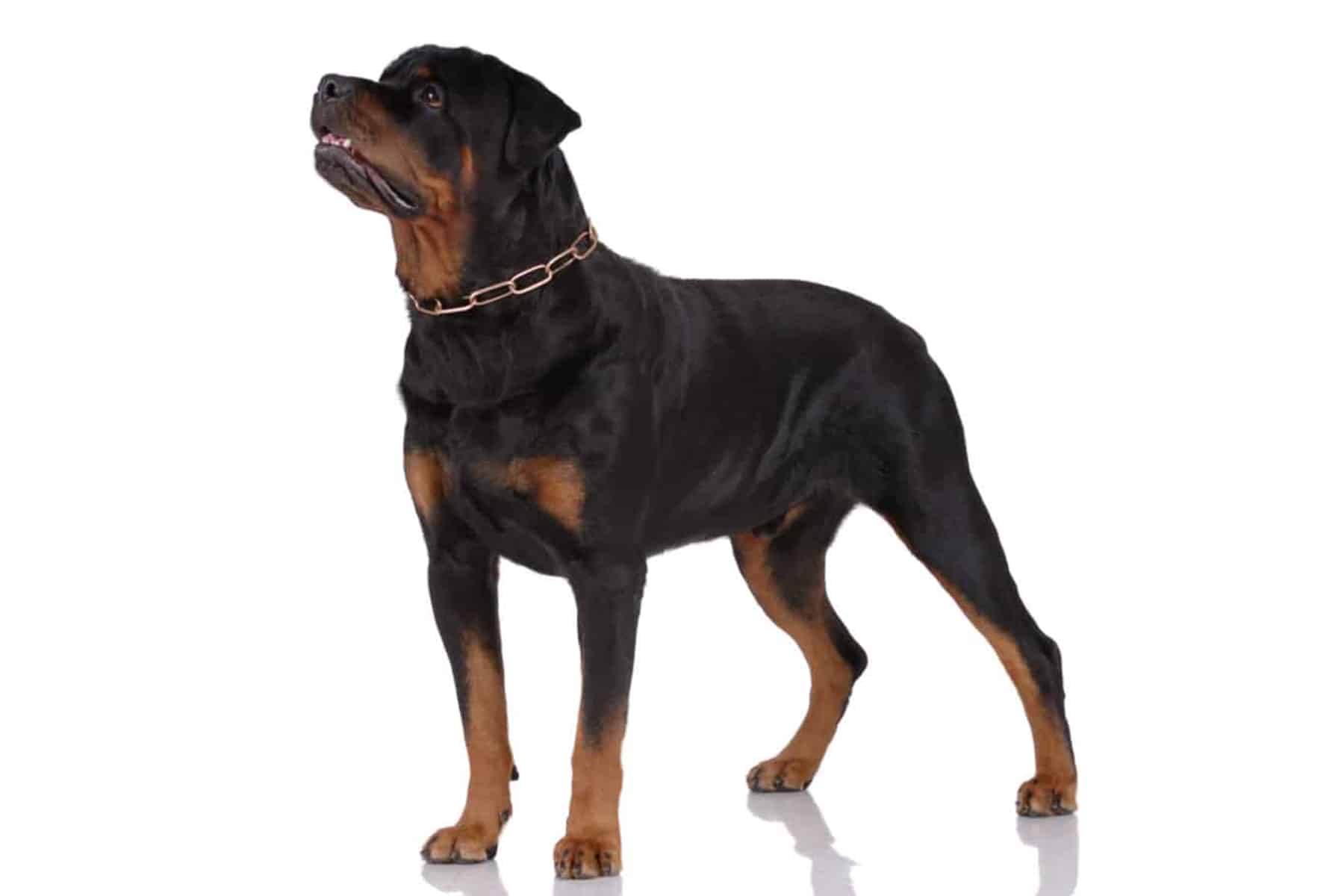
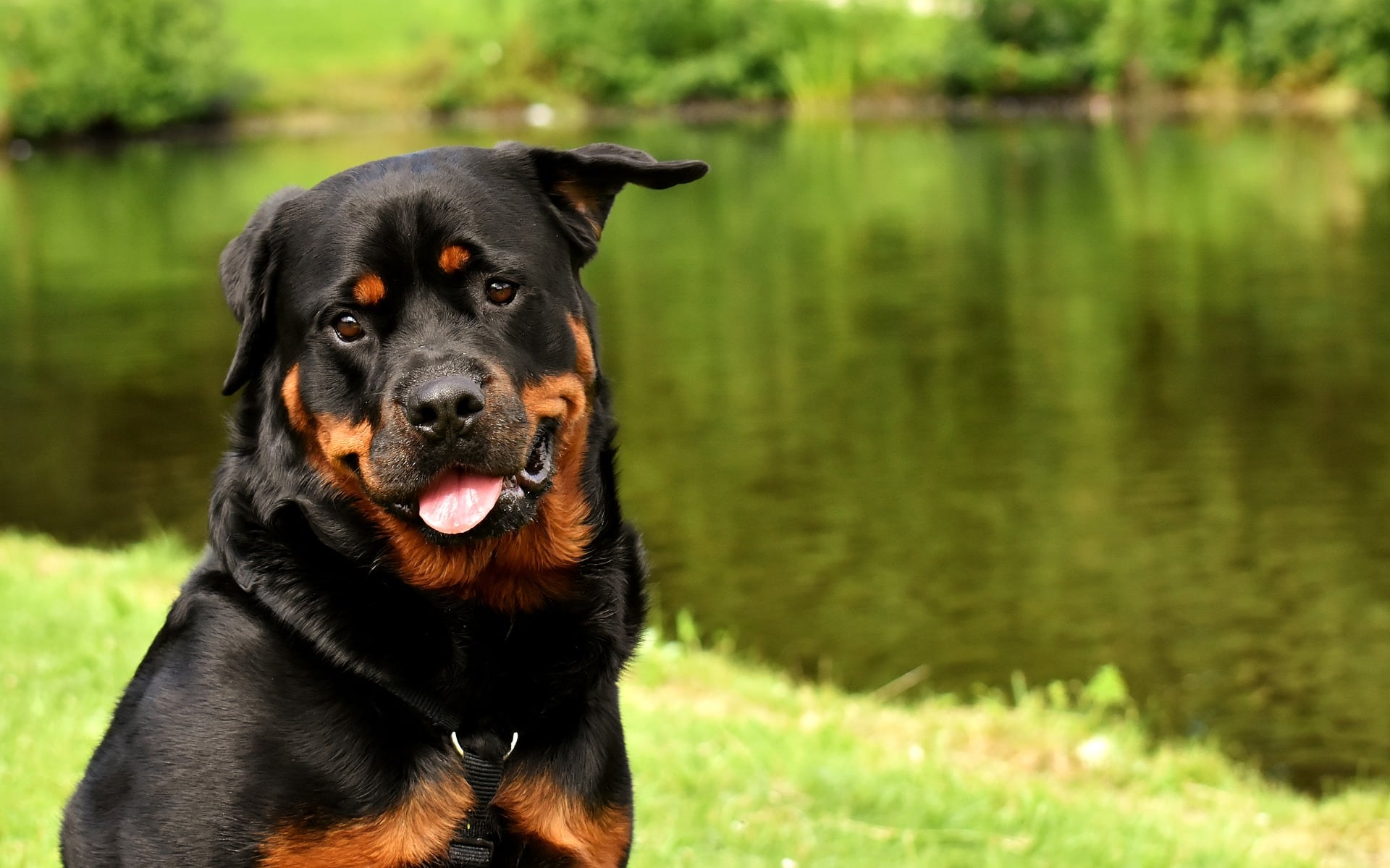
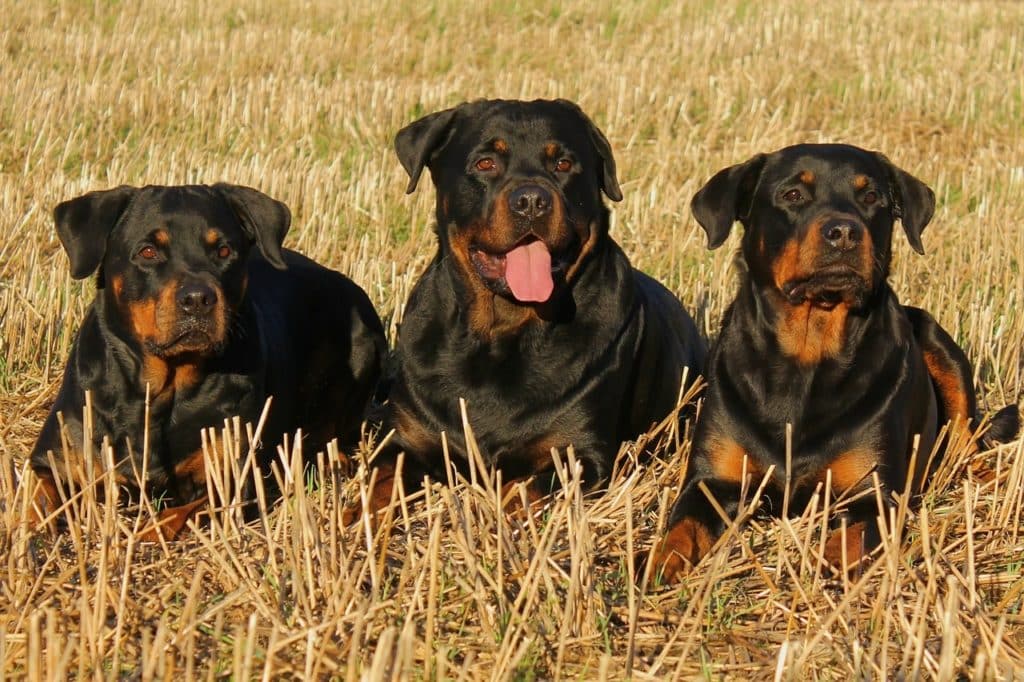
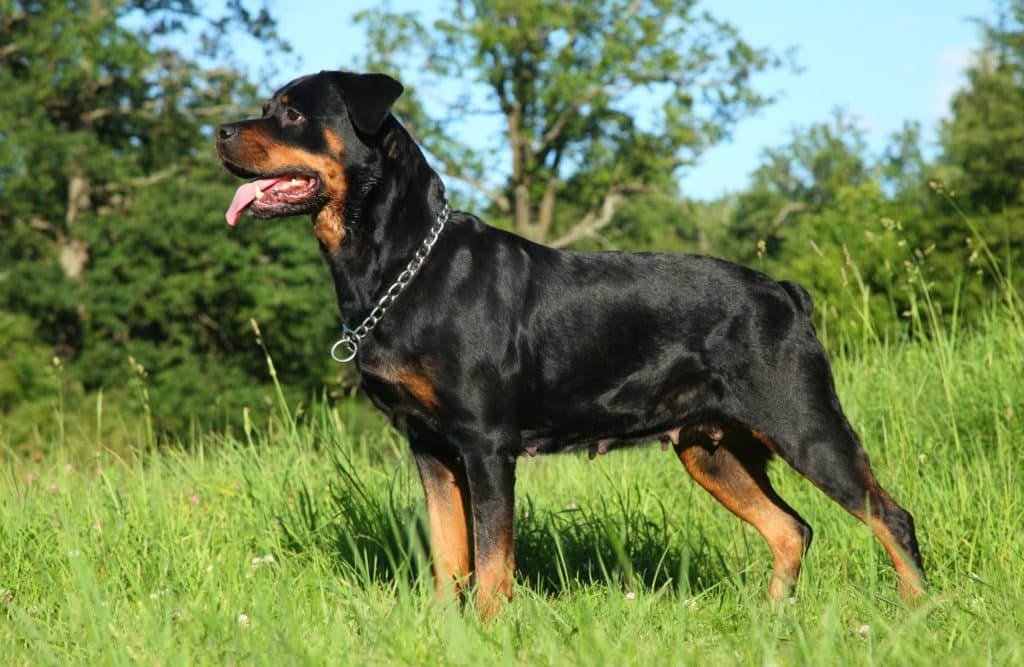
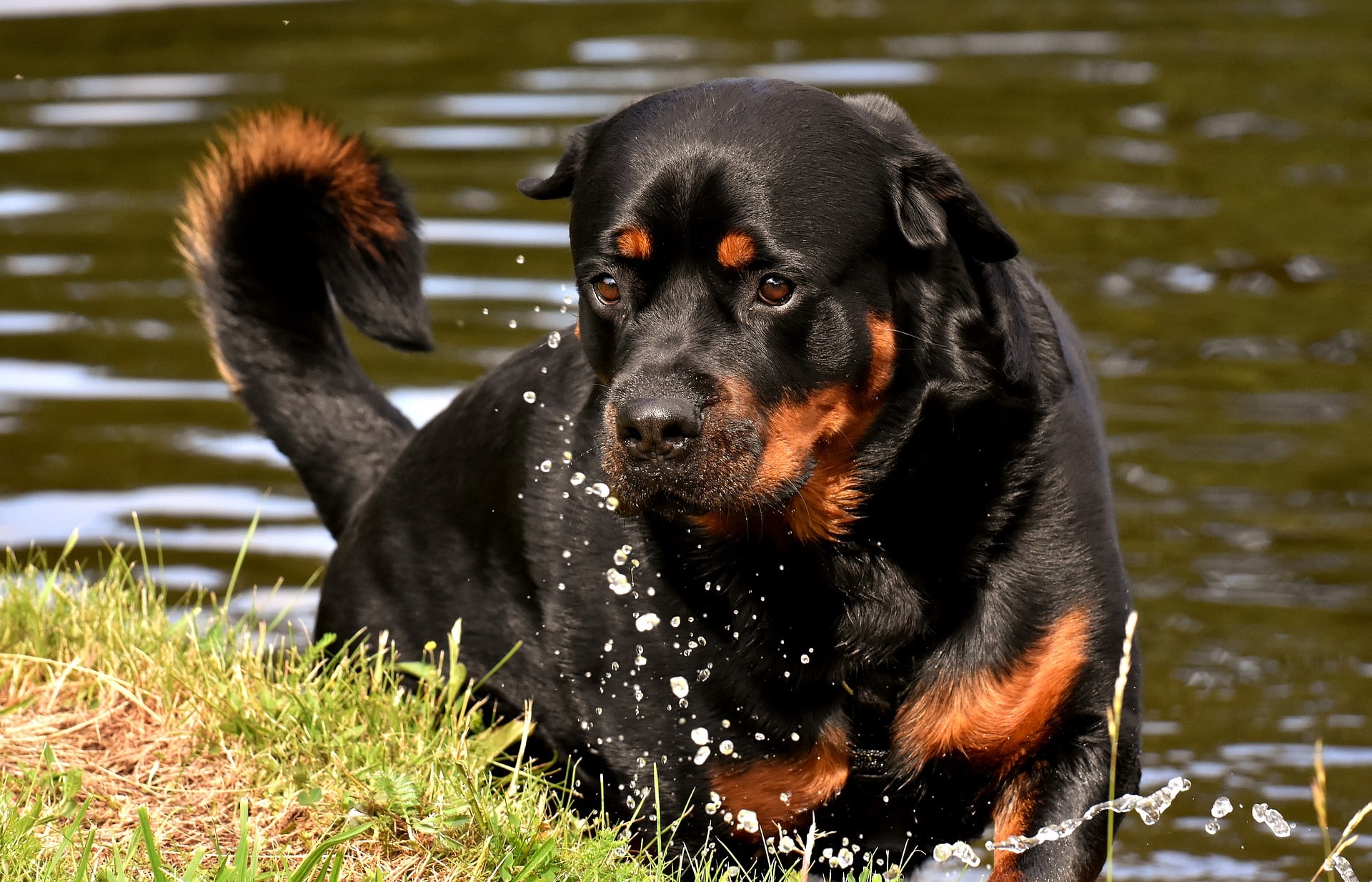
Temperament:
The Rottweiler is a German dog breed officially recognized by the FCI. It is a very popular dog, characterized by its strong build and friendly nature.
Characteristics
The Rottweiler belongs to the Pinscher and Schnauzer group. The FCI also refers to it as a herding dog. Males reach a shoulder height of 61 to 68 cm and a weight of approx. 50 kg. Females measure between 56 and 63 cm and usually weigh around 42 kg.
The coat of the Rottweiler is short and dark brown. They have light brown areas on the lips, eyebrows, root of the tail, muzzle, chest and legs. This lighter coloration is also known as a blaze. The build is strong and stocky, the teeth strong. Rottweilers are therefore very suitable as guard dogs. Their nature is friendly, fond of children, peaceful and very affectionate.
They are also obedient, eager to work and easy to lead. They are therefore ideal as family dogs. Their behavior can be described as self-confident, fearless and strong-nerved. The Rottweiler observes its environment with great attention.
These characteristics also make the Rottweiler an excellent service dog for the police and military. It also reliably fulfills the function of a guard dog. The breed sometimes suffers from diseases such as hip joint dysplasia or elbow dysplasia. These are malformations of the joints.
An X-ray examination is therefore mandatory for clarification before breeding. This can also result in leukoencephalomyelopathy, which leads to paralysis and cannot be cured. An increased incidence of heart disease has also been observed in this breed.
Rottweilers have also been found to have an increased propensity to bite. For this reason, the Rottweiler is listed in some federal states in Germany. Keeping them is therefore subject to certain regulations and restrictions. A temperament test may be required.
Coat care:
Shedding:
Energy level:
Trainability:
Children suitable:
The right food
When choosing food, make sure that it contains high-quality ingredients, is balanced and meets your dog's requirements. Age, size or weight, activity and health status play an important role. You should follow the manufacturer's recommendations for the amount of food.
Treats should only be fed in moderation and deducted from the basic diet to avoid obesity.
Puppies can be fed 4-6 times a day. The number of meals should be gradually reduced to 2 per day until the dog is fully grown. A rest period should be observed after meals.
Fresh drinking water should be available at all times.
Health & Care
In any case, the Rottweiler needs noticeable physical exercise. It needs consistent training and a firm hand. Tasks such as nose work should be offered.
Proper care and grooming also includes coat care. As the Rottweiler has a very short coat, it is sufficient to brush it regularly. This combs out dead hair and removes dirt from the coat. Special nap gloves also reliably remove dirt. A side effect of brushing is the stimulation of blood circulation. The coat should also be regularly checked for ticks and these removed with tick tweezers.
If your dog is very dirty and the dirt cannot be removed by brushing alone, you can bathe him with a mild hair shampoo.
You should check the paws after every walk. There may be small wounds or stones that can lead to inflammation. In winter, you can also protect the paws with a grease stick made from deer tallow or milking fat. The claws normally wear off by themselves. If not, they need to be trimmed with claw clippers.
The nose should also be cleaned regularly with a damp cloth, as should the eyes. You can also clean the ears with a warm, damp cloth. To prevent tartar, you should brush your dog's teeth. Chewing bones also help to prevent or remove plaque.
Suitable accessories
Your Rottweiler needs a sturdy collar or harness. It also needs a sturdy lead, a short lead and a tow lead.
At home, he needs a place to retreat to with a dog mat or basket. A food bowl and a water bowl are also essential. To keep him busy, you can buy him toys that encourage him to exercise and develop his intelligence.
A brush, mild dog shampoo, tick tweezers, claw clippers, toothbrush and toothpaste for dogs as well as a first aid kit are necessary for personal hygiene and health. It's best to ask your vet what should be in the first aid kit.
To transport your dog in the car, you need a special device for the trunk. The best way to do this is to use a cage and a seat belt or a sufficiently large transport box.
The laws vary from country to country. Therefore, find out whether your dog has to wear a muzzle.
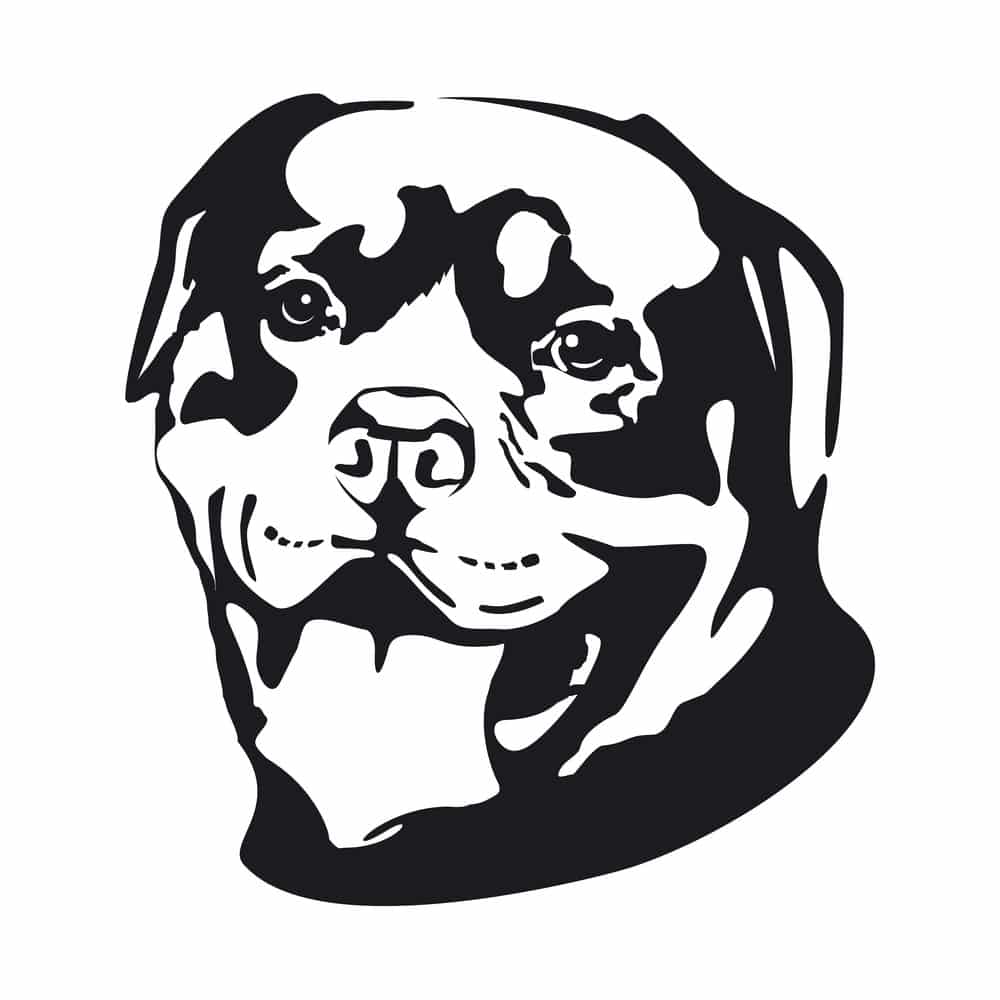
Origin & History
It is assumed that the Rottweiler was used as a shepherd dog in the Roman Empire. It later found its way across the Alps to Baden-Württemberg and thus to Rottweil.
Intelligence, vitality, endurance and a special drive were the breeding characteristics. This is why the Rottweiler was later also used by cattle dealers and butchers.
Its distribution can be traced primarily in Baden-Württemberg around the town of Rottweil. It was from there that it later received its name. The supra-regional spread and popularity of the breed also dates back to this time. This is because Rottweil was an important cattle trading center in the Middle Ages.
Rottweilers were mainly used to accompany cattle and sheep. This earned him the name butcher's dog. The Rottweiler also had the task of protecting the butcher's belongings. These were tied around his neck with a special leather collar. Thanks to his fearlessness and protective instinct, he defended the goods. He also radiated power and strength through his stature alone. At the same time, he was always loyal to his owner.
Over time, however, these characteristics became less important. Industrialization took its course and livestock transport was carried out in other ways. From the 20th century onwards, the Rottweiler was increasingly used by the police and military.
